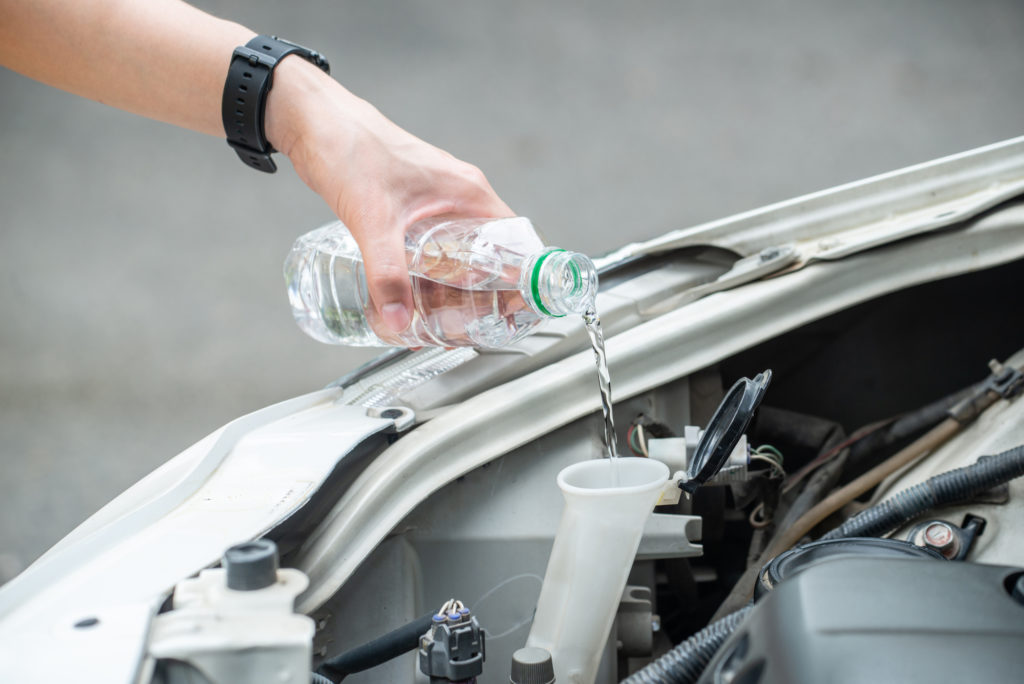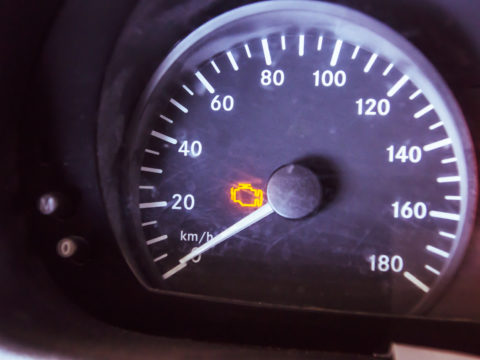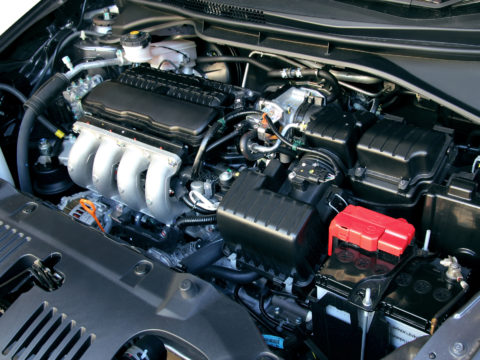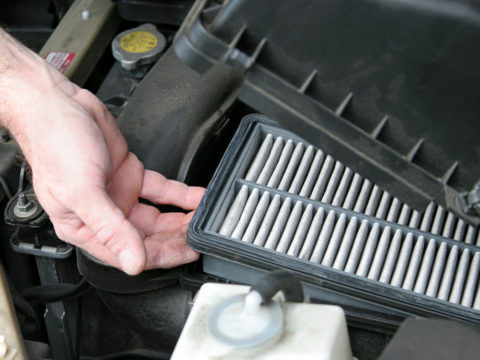Have you ever wondered how long it takes for your car to cool down after using it? Once you turn your car engine off, it still takes some time for your engine to cool down completely.
Usually, it takes around 30 minutes for your car’s engine to cool enough where it is safe to handle and check engine components. After using your car, it will take between two and three hours for the engine to become cold.

Contents
How Long Does it Take For a Car to Cool Down After Overheating?
An overheated engine will cool down at around the same rate as a healthy engine. An overheated engine will take slightly longer to cool down, but you can still expect the engine temperature to be cool after 30 minutes. An overheated engine will not cool down faster than 30 minutes, so consider this the minimum time for an overheated engine to cool.
How Long Does it Take For a Car to Cool Down to Check the Oil?
You should not wait less than 30 minutes to check your oil once your car has been in use. If your car engine is at running temperature, turn off the engine and wait the full 30 minutes before checking your oil.
On the other hand, if you have not used the car, you should turn on the engine for just a few minutes, five is plenty, and then turn the car off and check the oil. If you check the oil in a cold car, it won’t flow properly possibly giving you a false oil level reading.
How Long Does it Take For a Car to Cool Down For an Oil Change?
The cool-down time needed for an oil change is about the same time needed for an oil check. If the car was running, give it 30 minutes to cool down before changing the oil.
However, just like with an oil check, you should run the car for a couple of minutes if it is completely cold. Running the car will heat the oil so that it flows more freely. Heating the oil slightly before changing the oil will significantly speed up the process.
How Long Does it Take For a Car to Cool Down to Check or Add Coolant?
After using a car, you should wait at least 30 minutes before attempting to check or add any coolant. After 30 minutes, the engine will be cool enough to handle without injuring yourself on hot components.
Professionals recommend running your engine for a few minutes after adding or changing coolant to give the engine time to adjust.
How Long Does it Take For an Engine to Cool Down to Change Spark Plugs?
The ideal time to change your spark plugs is after the engine has had an entire night or day to cool down, around 8 hours. However, if this is a spark plug emergency, you should be able to hand the plugs once the engine has had between 30 and 60 minutes to cool.
Spark plugs are partly metal, so the metal portion can retain heat for a long time, causing a potential hazard for you. For this reason, professionals recommend playing it safe and just making this a cold engine job.
What Determines Your Engine Cooling Time?
The following factors determine how long it will take your engine to cool down, so keep these in mind.
Temperature When the Car Was Running
A car that overheats will take slightly longer to cool down than a car with an engine in optimal condition. If you were driving the car for an extended period while the engine overheated, it will likely take closer to an hour for the engine components to be safe to handle. But 30 minutes is the minimum wait time for the engine to cool.
If your car was running just fine when you turned it off, it should only take 30 minutes to cool down, so you can check the oil or perform other maintenance after this.
How Long the Car Ran
If you turned on your car to drive down the block and back, the engine will likely not take a full 30 minutes to cool down. If the car only ran for about 5 minutes, you can expect the engine to be cool in 10 minutes and completely cold within the hour.
On the other hand, if you just completed a six-hour road trip, you’ll need to give your engine more time to cool down. After driving your car for hours and hours, you can expect the engine to cool within 20 to 40 minutes. It should be completely cold after about three hours.
Size of the Engine
This factor plays a minor role in the cool-down time but can still impact your timing. A four-cylinder engine will likely cool down a few minutes faster than a twelve-cylinder engine. The difference in cool-down time should not be more than 15 minutes but is something to consider if you plan to handle engine parts after turning off the engine.
A Toyota Prius engine will cool down in about 30 minutes, while a Ford 4Runner may be safe to handle in about 45 minutes.
Environmental Temperature
This factor is a big one. If the area you are in is a scorching 95 degrees Fahrenheit and your car is sitting in direct sunlight, the engine will stay hotter for longer. If your car is baking in the sun, it could take up to 45 minutes or even an hour to completely cool down.
On the other hand, if you are in a freezing environment where the atmosphere is below 20 degrees Fahrenheit, your car will cool down much quicker, possibly in less than 20 minutes. But to avoid injury, it is still recommended that you wait a full 30 minutes.
Coolant Levels
Coolant is a liquid that reduces and regulates the temperature of your engine. So, if you are running low on coolant, your engine will take longer to cool down. A lack of coolant is a common cause of engine overheating.
Engine Block Material
The engine block materials can vary, which plays a large role in how quickly your engine will cool. Steel engine blocks take longer to cool down compared to aluminum engine blocks. Cast iron engine blocks will take the longest time to cool down.
Quality of Engine Insulation
All engines have some level of heat insulation. When you turn the heat on in your car, it pulls this trapped heat from the engine to warm the cabin of your car. The more insulation your engine has, the longer it will take to cool down. Insulation traps heat, so it will prevent the engine from releasing the heat as quickly as it could.

How to Cool Down a Car Engine Quickly
Here are some tricks to help you cool down your engine quickly when it overheats.
Open Hood
If you need to get back on the road, it can help a great deal to open your hood while you let the engine cool. Turning it off is the first step to cooling the engine, and opening the hood gives the engine more room to cool down.
Blast the Heat
This method may sound odd, but it can help immensely. If you continue to drive an overheated car, you must turn off the AC and blast your heat. It will likely be uncomfortable, but the hot air will enter the cabin and leave the engine, helping it to cool down.
Befriend Neutral
If you are in gridlock traffic and cannot pull over, it can help to shift into neutral and rev your engine a couple of times. By doing this, you activate the fan and the water pump, making them work faster. This action will increase the amount of air and water pulled through your car’s radiator, hopefully cooling the engine.
Coast
If you have to keep driving, use the gas pedal as little as possible. The more you can coast, the less involved the engine will be, giving it a chance to cool down slightly. But this method is the least effective for cooling the engine.
FAQs
For more information on an overheated engine, read the frequently asked questions below!
Can I pour water on my engine to cool it down?
No, pouring water, especially cold water, can crack your engine block and cause other problems due to the sudden temperature change.
At what temperature is it safe to open the radiator cap?
It is safe to touch and handle a radiator cap once its temperature has dropped to 100 degrees Fahrenheit or cooler.
How long does it take for coolant to work in a car?
Once you fill your car with coolant, it will take between one and two hours to effectively regulate your engine temperature.
How far can you drive an overheating car?
Where there is a will, there is a way, but professionals advise not driving more than a quarter of a mile on an overheated car.














